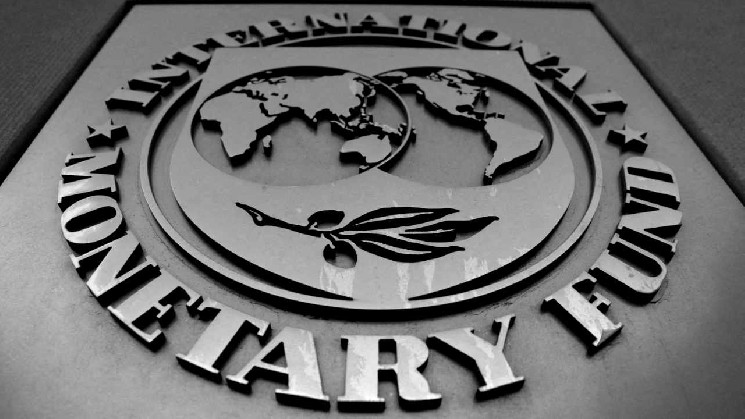The head of the International Monetary Fund (IMF) has called for clear crypto regulations worldwide, cautioning that high crypto adoption could undermine macro-financial stability. “Our goal is to make a more efficient, interoperable, and accessible financial system by providing rules to avoid the risks of crypto, and infrastructure by leveraging some of its technologies,” she stressed.
IMF on Crypto Adoption and Financial Stability
International Monetary Fund (IMF) Managing Director Kristalina Georgieva called for the establishment of clear regulations and robust infrastructure worldwide to mitigate the risks associated with crypto assets at an international conference in Seoul on Thursday. The two-day conference, titled “Digital Money: Navigating a Changing Financial Landscape,” was jointly hosted by the IMF, the Bank of Korea, the Korean Ministry of Economy and Finance, as well as the Korean Financial Services Commission.
The IMF chief cautioned:
The challenge is that high crypto asset adoption could undermine macro-financial stability.
Georgieva then highlighted potential risks of widespread crypto adoption, including weakened monetary policy transmission, disruption of fiscal sustainability due to volatile tax collection, and less effective capital flow management measures.
The IMF managing director clarified that rules are not meant to “return us to a pre-crypto world, nor to squash innovation.” She explained: “Good rules can spur and guide innovation. For instance, banks are exploring new trading infrastructure using blockchain technology refined and popularized by the crypto boom. They hope to cut costs and boost speed for trillions of dollars of daily asset transactions, and to broaden financial access to those currently content with low yielding deposit accounts.”
Regarding crypto regulation, she emphasized:
Our goal is to make a more efficient, interoperable and accessible financial system by providing rules to avoid the risks of crypto, and infrastructure by leveraging some of its technologies.
Read the full article here

